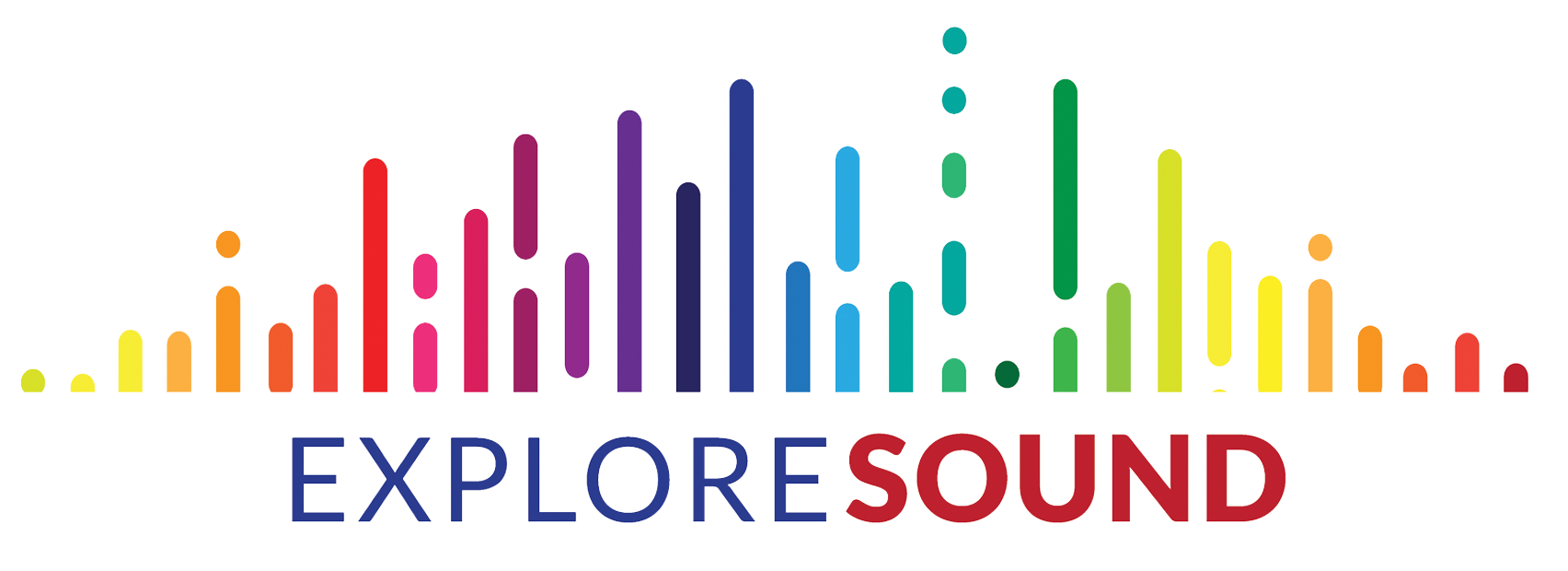Developed by W. K. Adams
Students explore the idea of how it feels to use sound to locate objects and experiment with having to search for objects above and below them, not just side to side.
Science Topics
Sound
Echolocation
SONAR
Vision impairment
Process Skills
Scientific inquiry
Observing
Measuring
Comparing
Inferring
Communicating
Grade Level
1-2
Preparation
None
Set-Up
15-20 minutes
Activity
50 minutes
Clean-Up
10-15 minutes
Learning Goals
Students will be able to:
• Explain the different experiences between locating something using only their ears vs. their eyes and ears.
Materials not in Kit
Blindfolds – 1 per group
Rulers – 1 per group
Cotton balls
Pencils, dry erase markers, crayons, etc.*
*Objects will be intentionally dropped, so don’t choose objects that might break if dropped.
Set-Up
Gather the materials.
Introduce the Activity
Explain that the class will be using sound rather than sight to complete several tasks. They will need some pencils, pens, and markers to drop.
Doing the Activity
- Divide the students into groups of 3-5. One student will wear the blindfold.
- NOTE: We put cotton balls under the blindfold on the eyes so students can’t peek under the blindfold.
- Have another student in the group drop an object on the floor. The blindfolded student has to guess:
- What object fell
- Where they think the object fell.
- NOTE: They should place their hand down directly to guess where the object fell- no fishing!
- Students should try dropping the objects at different locations around the room, including behind the blindfolded person and between their feet.
- Students should do this five times each, so that everyone has a chance to be a dropper and as a blindfolded guesser.
- As the blindfolded student makes guesses, the student in charge of dropping the objects should fill out the chart from the worksheet.
- After everyone in the group has had a turn being blindfolded, discuss the following:
- What location was the easiest to identify?
- What location was the hardest?
- Describe the mistakes made for each location: Close by, Far away, Medium distance, Behind the person, On a Table, On the floor. Between their feet
→ Did you get better?
→ How much practice do you think you’d need to be able to actually find objects?
→ How much practice do you think you’d need to identify object 30 meters away? (Remember, using a complex system of echolocation, dolphins and whales can determine size, shape, speed, distance, direction, and even some of the internal structure of objects in the water.)
Explanation
People have a harder time locating objects right between their feet or directly in front or behind them. Our brains are able to detect the time delay for sound arriving at each ear. Using this delay our brain determines to which side the object fell and how far away it is. When an object is right between our feet or directly in front or behind, the sound arrives to each ear at the same time.
Key Lesson Terminology
Echolocation – A method used to detect objects by producing a specific sound and listening for its echo.
SONAR – Sound Navigation And Ranging, is the process of listening to specific sounds to determine where objects are located.
